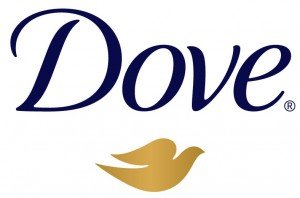In today’s saturated marketplace companies are wearing thin in the pursuit of new customers. They create messages that speak to themselves, enter markets where they don’t belong, and speak to people who don’t care to listen. They target hypothetical demographics instead of targeting Brand Lovers.
By speaking to their Brand Lovers, Cult Brands strengthen their relationship with their best customers and constantly increase provability. After decades of speaking to her best customers Oprah has become one of the most powerful brands today.
With a TV show viewed by over 40 million people weekly, a magazine with 2.7 million copies circulation, a book club with millions of members, and a website that harnesses all these things together, Oprah utilizes every channel to connect with the people who love the Oprah brand the most.
The collective success of all these mediums comes from giving the customer what they want: spirit, health, style, relationship, home, food, money, and the world. For some, that even includes leisure pursuits like poker Texas online, where conversations about balance, budgeting, and fun overlap. Oprah covers these themes on her television show, Oprah.com, O magazine, and Oprah & Friends radio show. Every channel dives deep into the issues and provides answers and suggestions to improve the customers’ life.
The brand takes full advantage of the web and is synced with Oprah’s TV show daily. If you missed the show you can find interviews with photos and video clips so you can enjoy the show you missed. The website also fosters a customer community. Online members can join discussion forums, get recipes for the holidays, and become part of the book club. Every aspect of the brand encourages members to participate. Audience members can ask questions to guest, readers can send letters to O magazine, and everyone is welcome to discuss the issues on Oprah.com.
The Oprah brand also looks to its community for new ideas:
- “Living your best life in 2009? Let us know how!”
- “Do You Have a Great Money-Saving Holiday Tip?” and
- “Do you feel empty, lost or disconnected?”
The brand asks the community to become involved with the brand they love. The result is a co-authored experience in which both parties benefit. The Oprah brand becomes stronger, constantly tuning into the customers want allowing them to experience what they love about Oprah. This relationship between the Oprah brand and its Brand Lovers attracts millions of new customers who are seeking the same answers.
Oprah’s brand is successful because every aspect of the brand speaks to the brand lover. Every TV show, every magazine issue, and every web page represents the Oprah brand in the same way.
If you want to build a lasting relationship with your customers then every aspect of your brand must speak to the heart of your Brand Lovers and the rest will follow.

